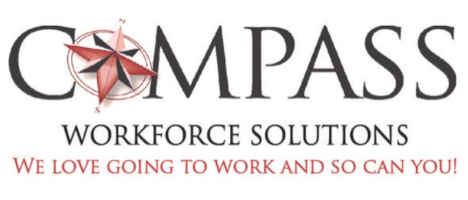
 The U.S. Department of Labor (“DOL”) has issued a final rule, which takes effect on January 15th, clarifying what types of payment and employee benefits or “perks” must be included or may be omitted when calculating an employee’s regular pay rate for the purpose of paying overtime.
The U.S. Department of Labor (“DOL”) has issued a final rule, which takes effect on January 15th, clarifying what types of payment and employee benefits or “perks” must be included or may be omitted when calculating an employee’s regular pay rate for the purpose of paying overtime.
The current rule, which has been in effect for at least 50 years, states that the regular rate of pay excludes items such as employer-paid health insurance, discretionary bonuses and holiday pay, but the new rule goes into much more detail, stating that all of the following may be excluded from an employee’s regular rate pay:
- Parking benefits, wellness programs, onsite specialist treatments, gym access and fitness classes, employee discounts on retail goods and services, certain tuition benefits, and adoption assistance.
- Unused paid leave, including paid sick leave and paid time off.
- Penalties employers must pay under state and local scheduling laws (e.g., New York City’s Fair Workweek Law).
- Business expense reimbursement for items such as cell phone plans, credentialing exam fees, professional organization membership dues and travel expenses that don’t exceed the maximum travel reimbursement under the federal legal guidelines.
- Certain sign-on and longevity bonuses.
- Complimentary office coffee and snacks.
- Discretionary bonuses.
- Contributions to benefit plans for accidents, unemployment, legal services and other events that could cause a financial hardship or expense in the future.
As stated by the DOL, “The previous regulatory landscape left employers uncertain about the role that perks and benefits play when calculating the regular rate of pay. The new rule clarifies which perks and benefits…an employer may provide without including them in the regular rate of pay.”
Hopefully these clarifications will encourage employers to offer more of the perks, such as gym memberships or professional membership dues, that will help them to attract and retain the best employees in competitive employment markets.
The types of remuneration that still must be included when calculating an employee’s regular rate of pay for overtime purposes include commissions, shift pay differentials and non-discretionary bonuses such as those based on productivity, efficiency, performance, or attendance. Employers should also confirm whether applicable state and local laws are more restrictive than the federal rule.
If you have questions about the DOL’s new regular rate of pay rule, or would like assistance conducting an internal wage and hour audit, please call our office at 631-794-7400 to speak with one of our HR Business Partners, or EMAIL US.
Click here to add your own text








